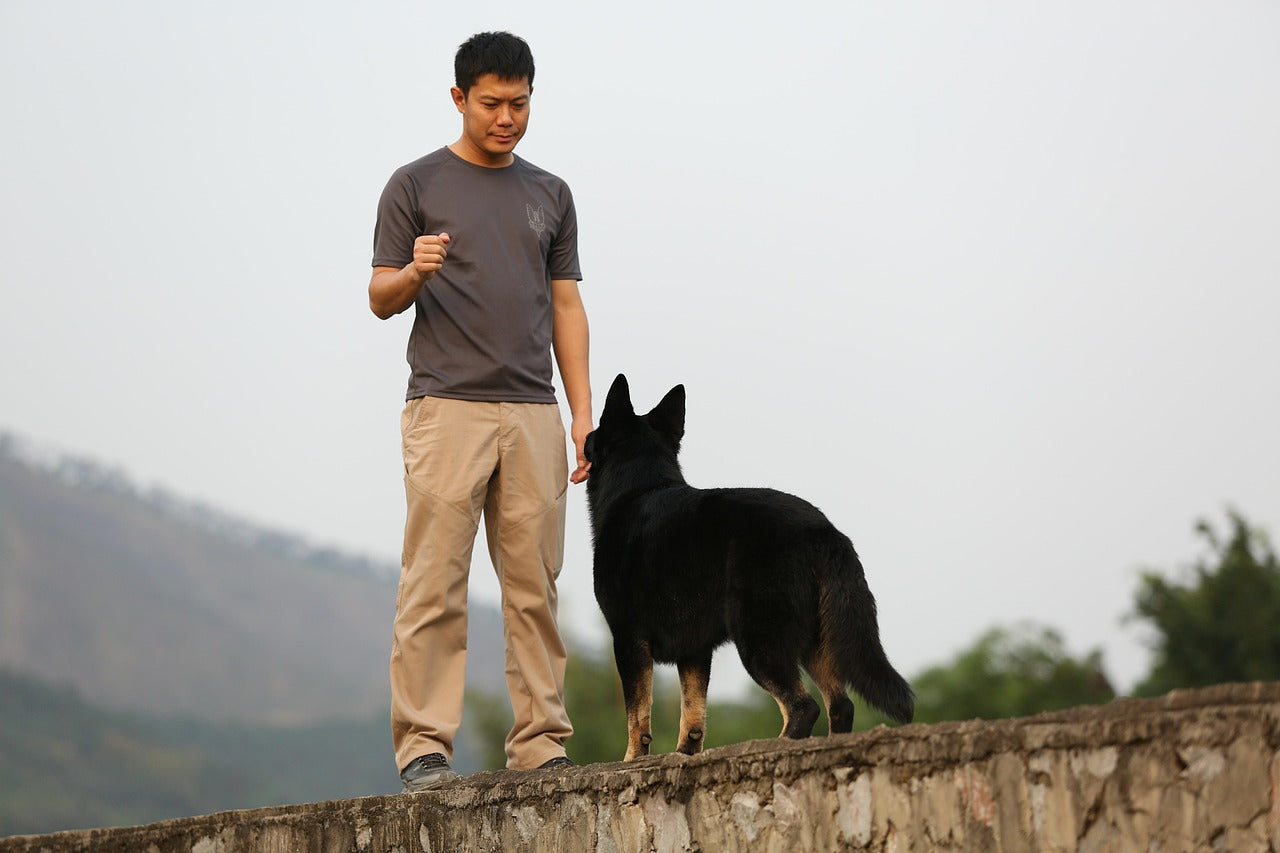How Do Professional Dog Trainers Train Dogs
Training your dog is definitely one of the most rewarding experiences you will have as a owner. You can spend hours working with your dog, and it’ll still feel like there’s so much more that they could learn!
Dog training is an ever-changing field that requires you to be receptive and able to teach new lessons to your animal companion at any time. There are many different types of dogs out there with various personalities, strengths, and weaknesses, which means there’s no single “best way” to train every canine.
That being said, some strategies work better than others for certain breeds or situations, and this article will go into detail about how professional trainers develop strong bonds with their dogs while also giving you helpful tips and tricks for getting started with your own dog.
This article will talk about five key components in dog training that professionals use to help shape behaviors in their fur babies. These components include: repetition, reward, separation, socialization, and tolerance building. Let’s take a closer look at each one!
Disclaimer: The content in this article should not be used as medical advice since we cannot diagnose or treat diseases nor indicate what will or will not hurt a particular individual.
Repetition
One of the first things that professional dog trainers do when shaping behavior is repeat the same lesson over and over again until it has been internalized. This is called reinforcement.
Dog trainer courses
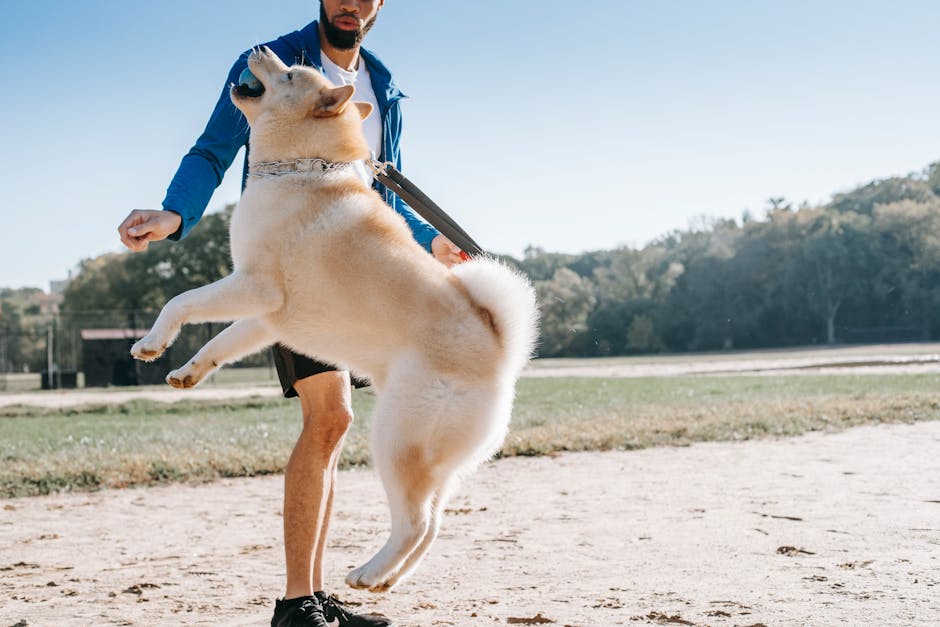
Recent developments in dog training include certification programs for professional dog trainers. While some of these certifications are focused more on educating professionals about canine behavior, others focus exclusively on teaching specific skills to dogs such as raising puppies or socializing older dogs.
There are three main certification routes that can help you develop your career as a dog trainer. These are The Canine Professional Certification Program (CCPC), The Responsible Owner Training Course (ROTC), and Specific Skills Certifications like Puppy Socialization or Obedience Classes.
Each one has its own set of requirements and is very reputable. To be able to call yourself an authority on dog training, you need to have gone through extensive studies and qualifications.
Dog training books
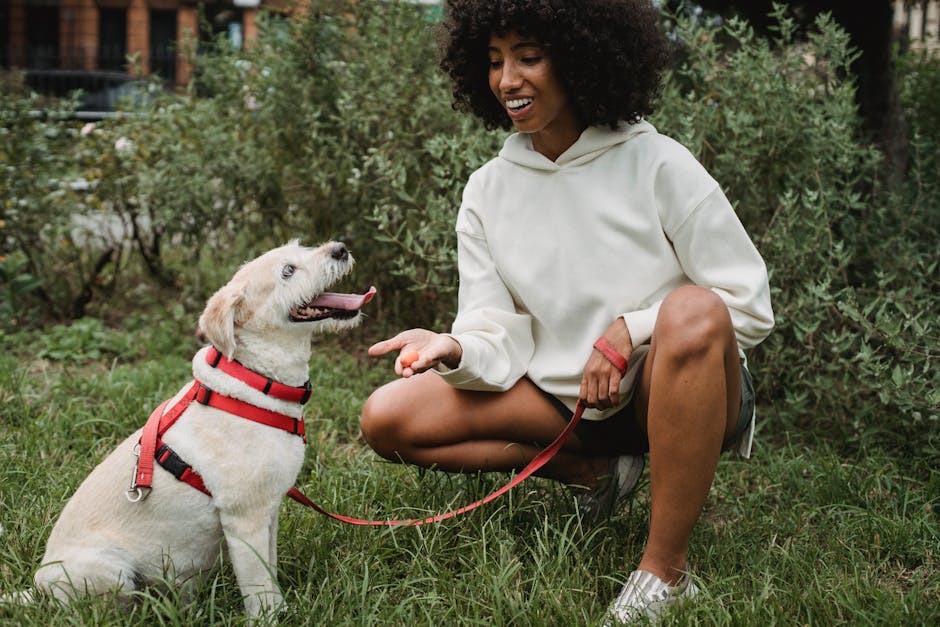
There are many different types of dog training courses, from formal obedience classes to more specific lessons like socialization or puppy care. While some focus more on commands, others teach you how to be a better leader with your dog, or help you hone your skills as a hands-on owner.
Most professional trainers have their own manual that contains all of their secrets – this is often marketed as a collection of “training tips” or “how to do things with dogs”. These manuals are always written using clear language and lots of examples so that anyone can understand them.
They are also usually cost-effective, especially if you are looking to learn fundamentals such as teaching basic behaviors or improving existing relationships.
Online dog training

With the explosion of technology, there is now a multitude of resources available to us for almost anything we want to learn or improve about ourselves or others. This includes ways to educate yourself about dogs!
There are many great sites with interactive lessons and videos to help you teach your puppy or older dog basic behaviors like sit, stay, come, walk, and down. These are usually paired with software that helps you implement these commands in real-life situations.
You can also find lots of tips and tricks online for all kinds of things such as grooming, house training, nutritional advice, and more. The possibilities are endless!
While some of this content is expensively priced, most people use it as an educational tool so it cannot really cost too much.
Visiting a dog trainer
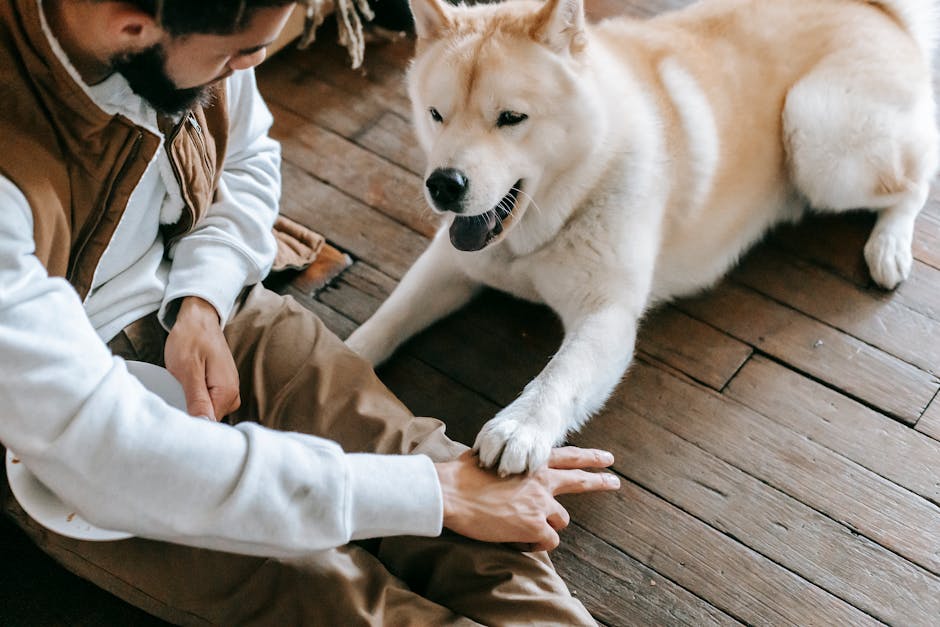
A lot of people try to train their own dogs, but this is very difficult if you do not have experience with dogs. Even having a puppy can make it hard to tell how things should be done because puppies are so young!
Having a basic understanding of canine psychology as well as training methods will help you determine which ones work for your dog and what is just plain silly.
Dog trainers focus on two main areas when educating individuals about training dogs: behavior modification and socialization. Both of these take time and repeated attempts before results occur.
They also understand that different breeds require different approaches in training. For example, some types of dogs need more verbal instruction while others may learn better through physical means.
There are many ways to find a qualified professional trainer in your area. You can go through local universities or veterinary clinics for an advanced degree in animal science, you can look at the internet, talk to friends, and visit public parks and beaches to see whether there are any changes in behaviors.
Positive reinforcement

A much more effective way to train your dog is using positive reinforcement. This is when you give your dog something they want, to reward for good behavior.
You can do this with toys, food, or even rewards like treats or stickers that mean let go once done!
The key here is to use what works for your specific dog and person pair. For example, if you don’t feel like giving your dog a treat after he goes outside, then there are other things you can use instead.
It may take some time to find out which ones work for both you and your dog, but don’t give up! It will happen.
Experts spend hours studying how to train dogs so it is totally normal to feel overwhelmed at first.
Negative reinforcement
The opposite of positive reinforcement is called negative reinforcement. This is when you give action to get someone or something not to do something anymore. For example, if you want someone to stop talking, then tell them they can’t talk for one minute.
When training dogs, most trainers will use reward-based learning. These types of strategies are very successful because rewards motivate animals. Animals learn from experiences so by adding some fun incentives, they’ll keep trying harder!
But what about times when your dog does something wrong? Sometimes things happen that make it impossible to give him/her a reward.
That’s why there is another type of reinforcer in canine teaching – punishment! Using this technique, instead of giving praise, you take away a reward so the animal doesn’t repeat the behavior.
The word ‘punishment’ may sound harsh, but it isn’t always bad. Some examples of punishments include telling kids at school that they cannot go outside until they clean their room, taking toys away because they lost track of them, or making students fail a test because they didn’t do their homework.
In these cases, the punishment helped the student understand the importance of the topic. In other words, it made them think more carefully about it.
Food and drink
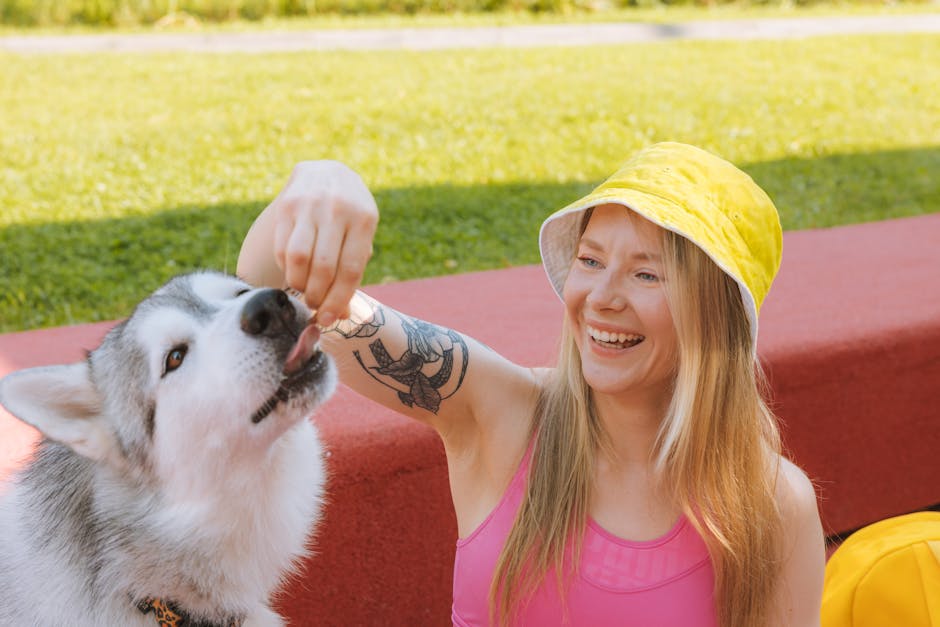
One of the important things that professional dog trainers will tell you is to never use punishing toys or foods to teach your dog tricks.
Trick training requires that your dog associate good behaviors with fun experiences, so using negative reinforcement is not appropriate.
Food is one of the most common trick-training tools used by novice trainers. While food is definitely a powerful tool, it can also be confusing!
There are several types of treats for dogs, and which ones work best depends on what type of behavior you want to change.
Some breeds need more protein to learn new commands, while others require more carbohydrates. The right kind of treat can help ensure success in trick training.
Drinking water is also very important for dogs’ health, but few people remember to make sure their canine companion has enough thirst-inducing fluid before asking them to do something tricky.
Making sure your dog is hydrated will probably help him or her focus more easily during trick training sessions.
Crate training
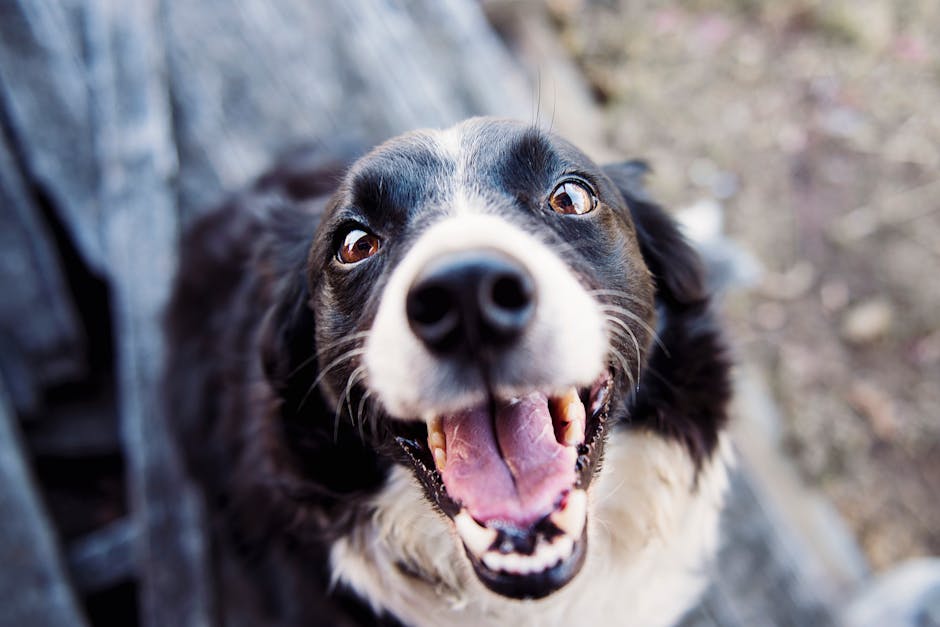
The most basic kind of training is called crate training or confinement training. This is when your dog learns to stay in an area (the crate) or go into the crate alone, instead of outside.
This can be done at any age but it is very important to begin this technique when your puppy is around eight weeks old.
You will need to give some time for this to work because it takes about two months before you can put the dog into the crate and have it behave. During that time, the dog may try to escape by jumping up onto the box or trying to push the door open. These behaviors only make things harder so they must be stopped immediately!
It’s best to start with one minute in the crate every day for five days. Then move up to twenty minutes each day for three more days. Once your dog is sitting quietly in the crate without making too much noise or getting out, you can increase the amount of time until he gets two hours total per day.
Crate training is great if you want to keep the dog as a pet or if you are looking to find a job where dogs are trained professionally. It is very difficult to find jobs that don’t require certification or licensing for this technique unless you are teaching it yourself.

